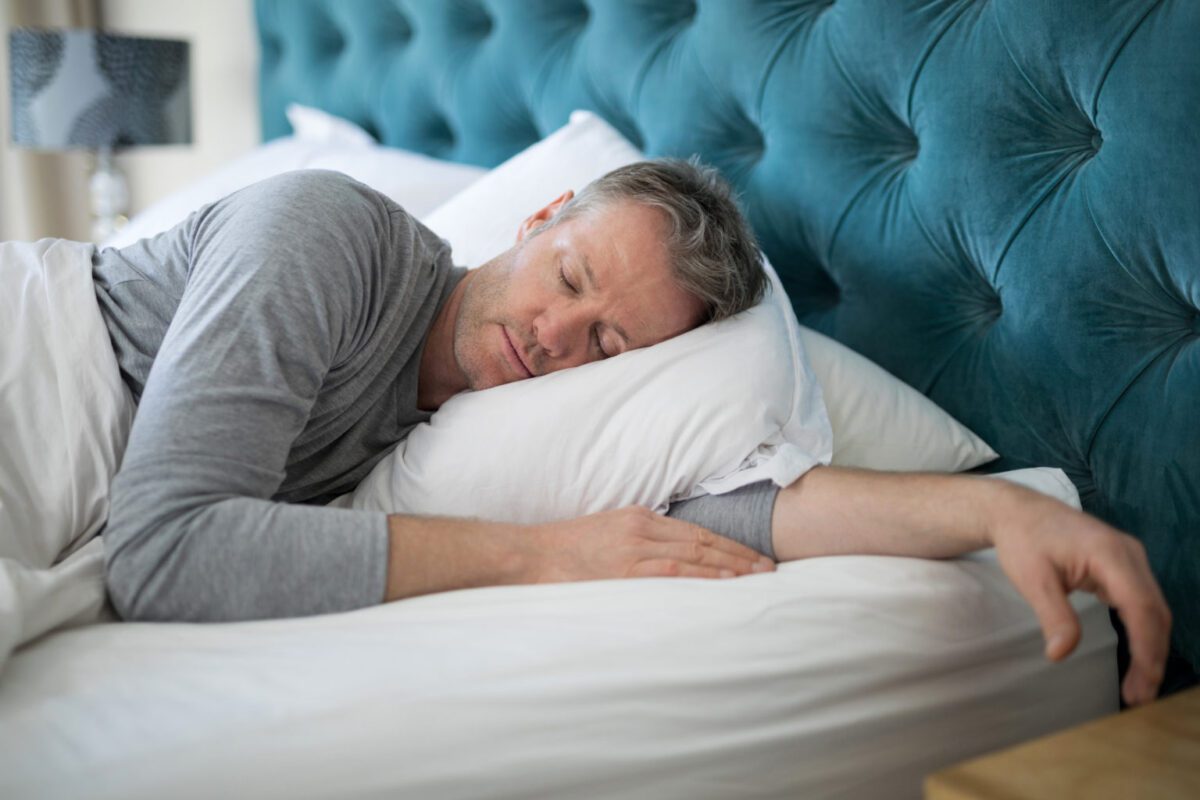Wellness tip: Get back to your roots
Research points to a direct correlation between spending time outdoors and improving mood, attention and cognition
According to Nielsen, most Americans spend more than 10 hours per day with their eyes on some kind of screen1. Assuming this screen time takes place largely indoors, and with research showing outdoor exposure can help boost mental health and benefit cognition, it’s no wonder our workforces are struggling with mental health and stress.
There are several health and wellness benefits linked to spending time outdoors. According to WebMD, these range from getting more exercise and vitamin D to improving sleep, fostering social connections, enhancing self-worth and focus, fortifying the immune system, bolstering creativity, and lowering stress and anxiety2.
An article from the American Psychological Association details just how much getting outside could benefit our overall wellbeing, including lowering stress, boosting mood, increasing empathy and cooperation, and improving attention3. According to a 2019 study cited in the article, people with exposure to natural environments showed improved memory, cognitive flexibility and attention.
Making time to be outdoors can be challenging in today’s bustling society. However, it doesn’t take much to receive the benefit — according to a study conducted in the United Kingdom, people who spend at least two hours in nature over the span of one week reported “significantly greater health and wellbeing.”
Sources:
[1] Nielsen. “U.S. Consumers are Shifting the Time They Spend with Media.” https://www.nielsen.com/insights/2019/us-consumers-are-shifting-the-time-they-spend-with-media/. Accessed Oct. 20, 2023.
[2] WebMD. “Health Benefits of Getting Outside.” https://www.webmd.com/balance/ss/slideshow-health-benefits-nature. Accessed Oct. 20, 2023.
[3] American Psychologicl Association. “Nurtured by nature: Psychological research is advancing our understanding of how time in nature can improve our mental health and sharpen our cognition.” https://www.apa.org/monitor/2020/04/nurtured-nature. Accessed Oct. 20, 2023.

